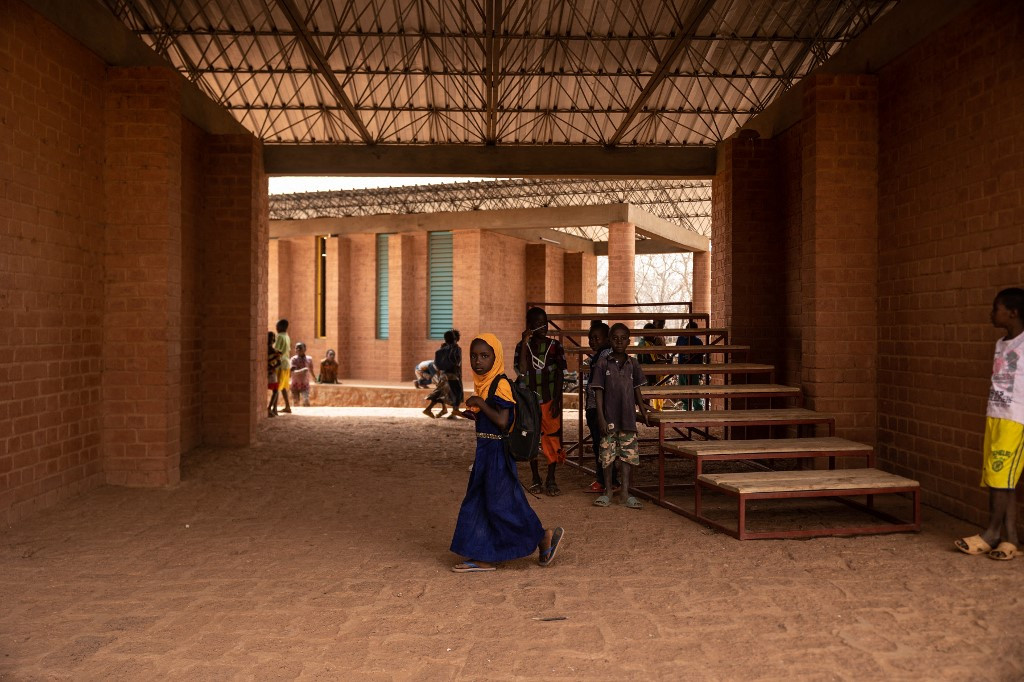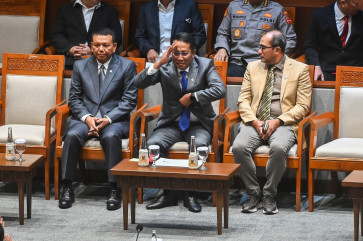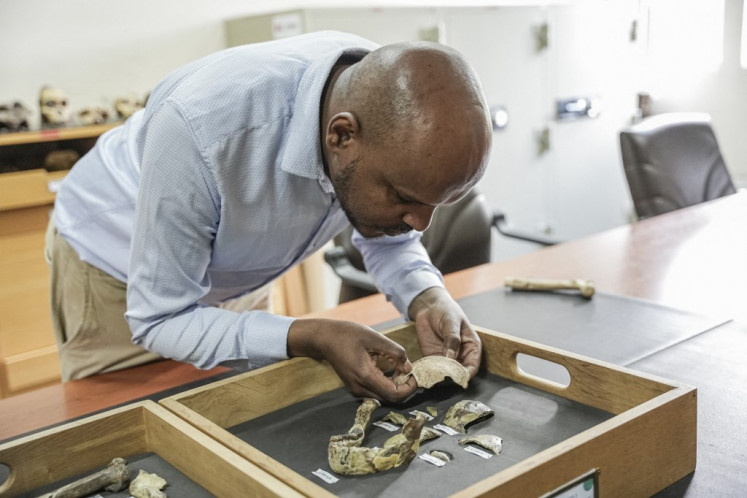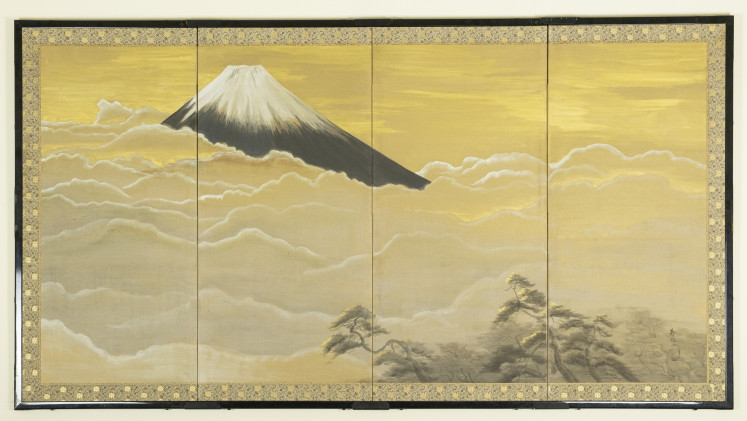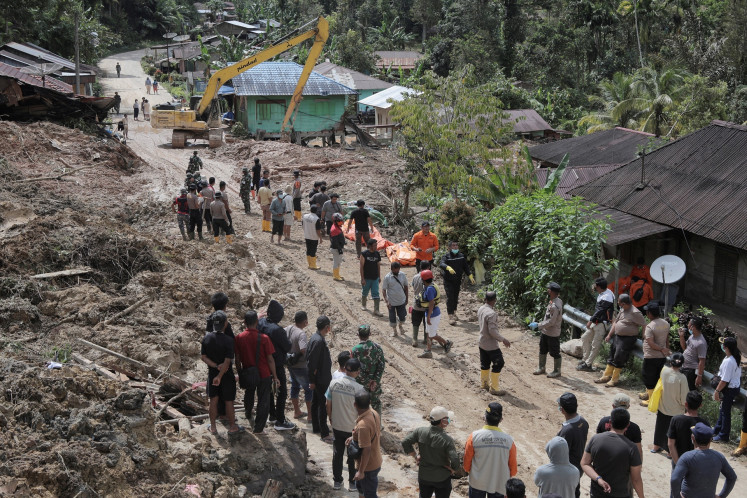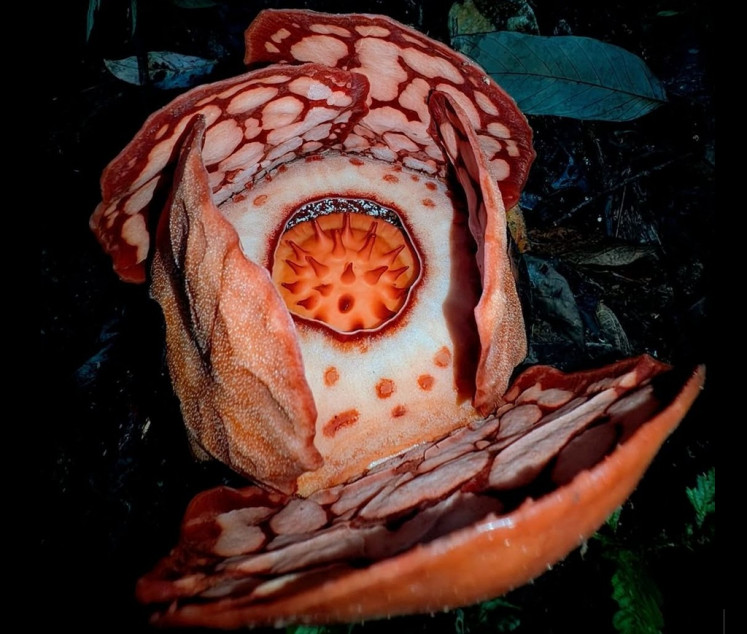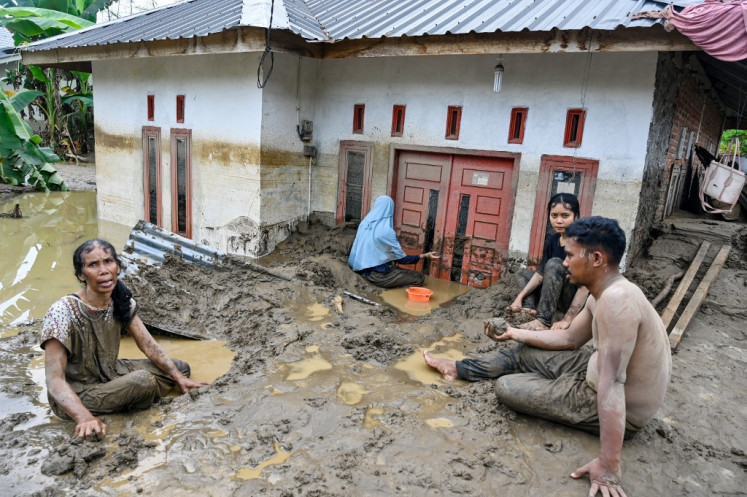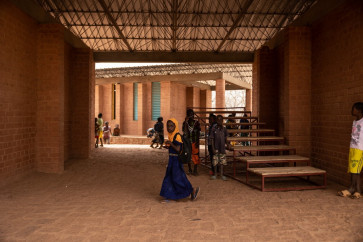Popular Reads
Top Results
Can't find what you're looking for?
View all search resultsPopular Reads
Top Results
Can't find what you're looking for?
View all search resultsBurkina's 'Opera Village' by its groundbreaking architect
With its imposing, angular proportions made out of clay, the Opera Village cultural and educational project, designed by Burkina Faso-born architect Francis Kere, blends into the landscape.
Change text size
Gift Premium Articles
to Anyone
W
ith its imposing, angular proportions made out of clay, laterite and other local building materials, the Opera Village cultural and educational project, designed by Burkina Faso-born architect Francis Kere, blends into the landscape.
It overlooks Laongo, a rural community not far from Burkina Faso's capital, Ouagadougou, and is the sort of groundbreaking design that helped Kere scoop architecture's most prestigious award, the Pritzker Prize, this week.
In so doing, the 56 year-old, who holds dual Burkina and German nationality, became the first African to win the honour in its more than 40-year history.
Built on 20 hectares (almost 50 acres) of a granite plateau, the Opera Village is shaped like a spiral, with 26 buildings housing workshops, a health centre, guest houses and a school.
Eventually, at its centre will be a performance venue and covered exhibition area with 700 seats.
Built in the early 2010s with the aim of combining art, education and ecology, the project was the brainchild of late German theatre director and filmmaker Christoph Schlingensief.
'The simplest material'

